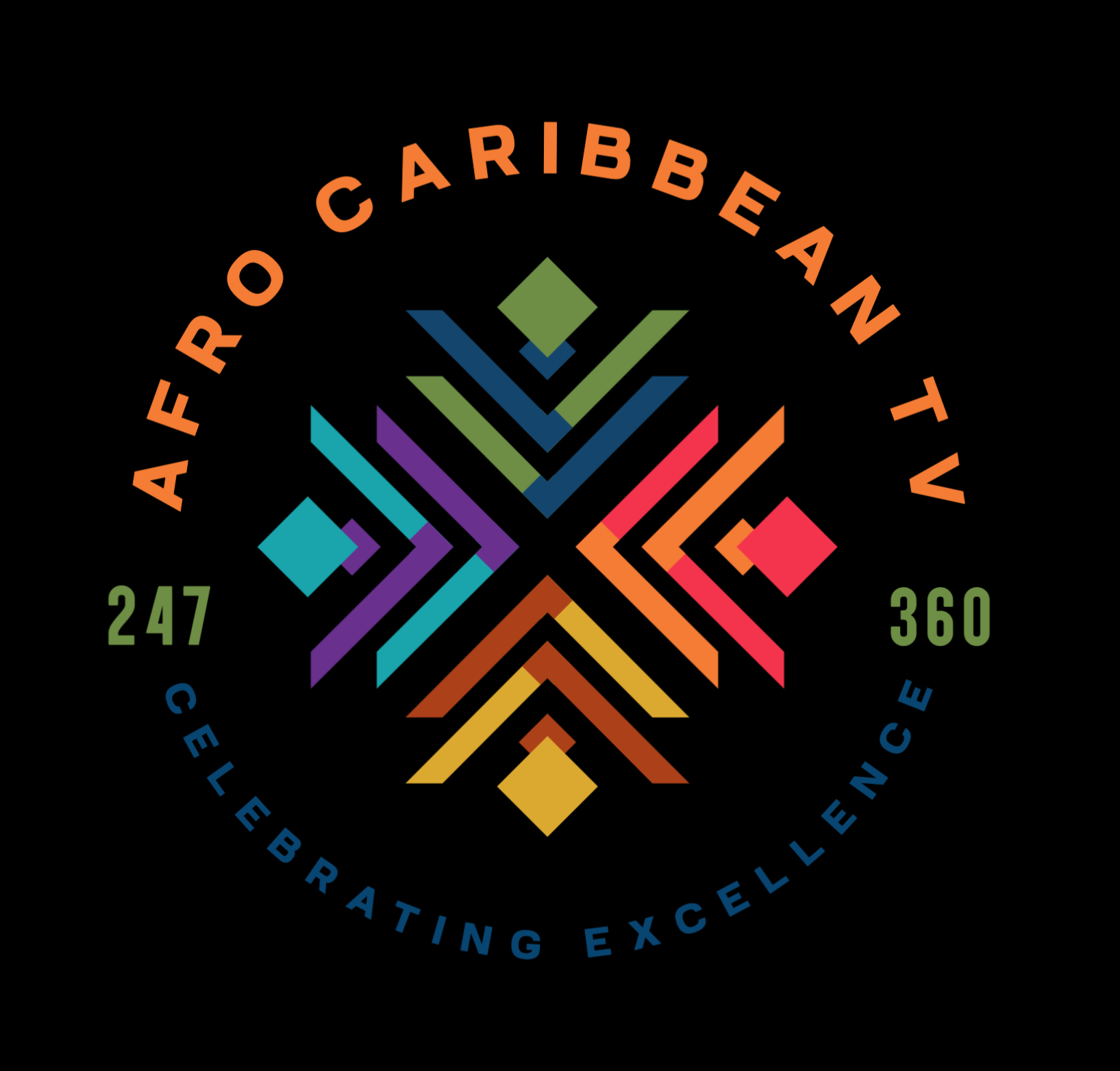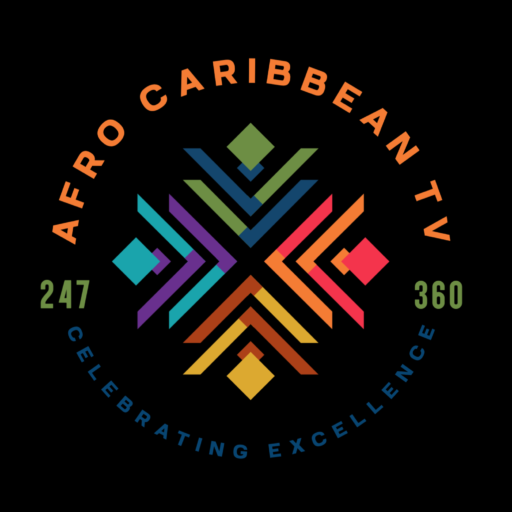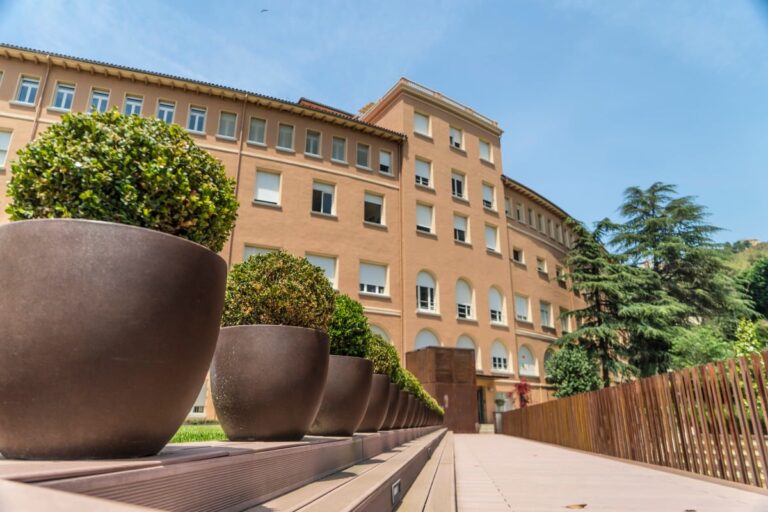Montserrat’s education system is modeled on the British system, reflecting its status as a British Overseas Territory. Despite challenges from the 1995 volcanic eruption, the island has rebuilt much of its educational infrastructure.
Overview of the Education System
Structure
- Early Childhood Education
- Ages: 3–5
- Provided through preschools and day nurseries
- Primary Education
- Ages: 5–11 (Grades 1–6)
- Free and compulsory
- Focus on literacy, numeracy, social studies, science, and arts
- Secondary Education
- Ages: 11–16 (Forms 1–5)
- Students attend Montserrat Secondary School (MSS), the island’s only public secondary school
- Culminates in Caribbean Secondary Education Certificate (CSEC) exams, administered by CXC (Caribbean Examinations Council)
- Post-Secondary / Sixth Form
- Ages: 16–18
- Prepares students for CAPE (Caribbean Advanced Proficiency Examination) or overseas university entrance
- Tertiary Education
- Montserrat Community College (MCC) offers associate degrees, technical, and vocational programs
- Students often go abroad (especially to the UK, US, or other Caribbean countries) for university-level studies
- University of the West Indies (UWI) supports Montserrat students, though it does not have a campus on the island
Key Features
- Language of Instruction: English
- Uniforms are worn in most schools
- Religious influence is present, especially in some church-run schools
- Extracurriculars: Students participate in music, drama, sports, and debate
Challenges & Developments
- Post-volcano rebuilding: Many schools had to be relocated or rebuilt after the 1995–97 eruptions.
- Small population: This limits resources, but also allows for small class sizes and individualized attention.
- Digital learning: There’s growing investment in online learning, especially since COVID-19.
Educational Goals
The government prioritizes:
- Expanding STEM education
- Improving teacher training
- Promoting technical and vocational education
- Supporting students to access higher education abroad



